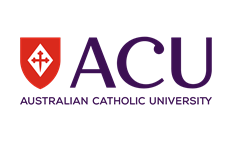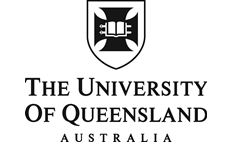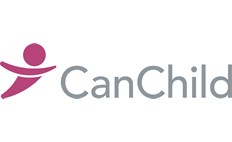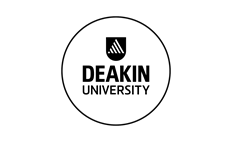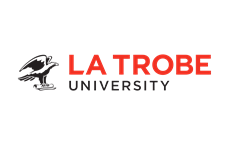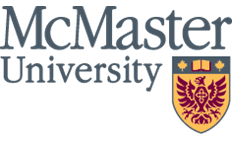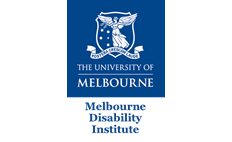Pain in children with dyskinetic and mixed dyskinetic/spastic cerebral palsy
- Published
- Saturday, July 25, 2020 - 12:00 PM
https://onlinelibrary.wiley.com/doi/full/10.1111/dmcn.14615
The distribution and type of motor problem experienced by people with cerebral palsy is variable. One type of motor problem is called ‘dyskinesia’. Those with dyskinetic cerebral palsy have trouble controlling muscle movement resulting in involuntary, twisting, or jerking movements. Sometimes people with dyskinesia may also have spasticity in their muscles. This is sometimes referred to as a ‘mixed’ motor type of cerebral palsy. People with dyskinetic and ‘mixed’ types of cerebral palsy may be particularly prone to experiencing pain across their lifespan.
People with dyskinetic CP motor types account for 7% of the Australian population of people with cerebral palsy. They have considerable physical disability, with CP often affecting all body parts and many are also impacted by pain. We know that pain is not uncommon in people with cerebral palsy – and may be short term, or long lasting. This study investigated the influence of pain in young people with both dyskinetic and ‘mixed’ types of cerebral palsy. By understanding more about the pain experienced by young people with dyskinetic cerebral palsy, we can work towards diagnosing and treating this complex problem more effectively.
This study of 75 children and adolescents with dyskinetic and ‘mixed’ types of CP found that many reported chronic pain (77%). Almost half experienced pain that impacted their activity levels over the previous two weeks, which was of moderate-to-high levels of intensity. Pain often occurred in more than one body location at the same time. The most common location for pain was in the legs. However, pain in the face, jaw and temple was also reported, which appears to be specific to those with dyskinetic cerebral palsy. The findings of this study helps us to better understand pain in this complex group of young people with CP.
Dr McKinnon and Associate Professor Harvey represented Murdoch Children’s Research Institute and the prior Centre of Research Excellence in Cerebral Palsy (2014-2018). Dr McKinnon completed the study as part of her PhD with Monash University, and was funded by an Australian Government Research Training Program Scholarship and a Career Development Grant from The Research Foundation, Cerebral Palsy Alliance. CP-Achieve was represented by Professor Prue Morgan.


